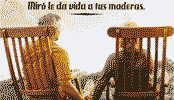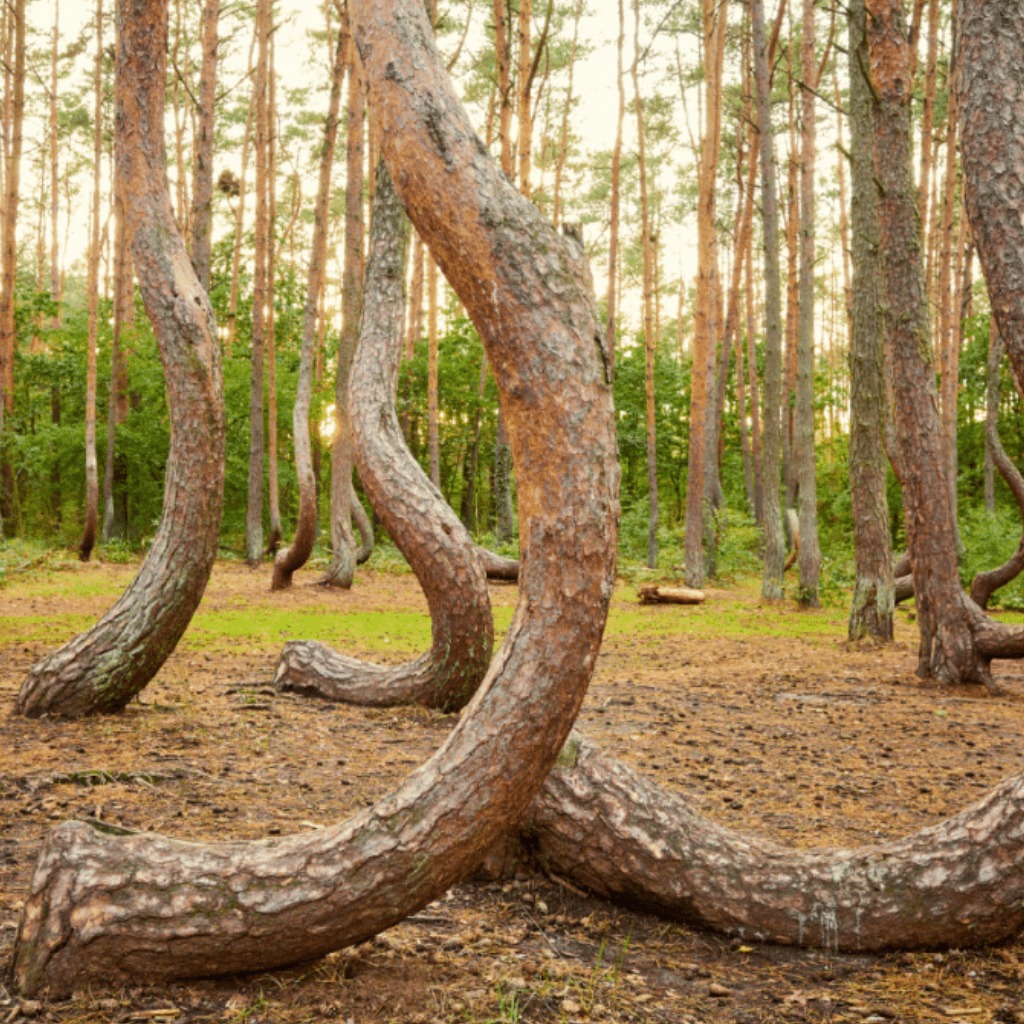
The crooked forest of Poland, a natural mystery that attracts the world
An unusual inclination of up to 90 degrees gives these trees a striking form and generates possible theories in western Poland, near the city of Gryfino, is one of the most intriguing natural phenomena on the planet: the Krzywy Las, known as The crooked forest. Small but fascinating, is home to more than 400 pines whose forms challenge the logic and laws of nature.
With its curved trunks at 90 degree angles to the north and a uniform appearance that remembers a ?J?, the crooked forest has become an enigma that has captured the attention of scientists, historians and tourists from all over the world. Crooked forest is unique by its peculiar trees, approximately 15 meters high and of completely anomal Uniformity of the curves and their orientation towards the north have fed the enigma, differentiating it from other forests with dispersed tree deformities. Although surrounded by pines with regular growth, the Krzywy trees seem to have been intentionally modeled, something that increases the intrigue over its origin. The small forest has remained relatively intact and little intervened, which has helped preserve its peculiarity. From its discovery, various theories have tried to explain the causes behind the unusual forms of these trees. However, none has achieved a universal acceptance, and the mystery remains a issue of debate. Mumana Mumana M, the most widespread hypothesis indicates that the trees were deliberately molded by humans in the 1930s. Local farmers would have altered their growth while they were seedlings , possibly to use its curved wood in the manufacture of furniture or boat helmets. The trees would have been molded up to 10 years of age, but the arrival of World War II in 1939 interrupted the project. Although plausible, the lack of historical records or direct testimonies prevents confirming this theory. Intense snoworms popular explanation suggests that the trees were deformed in their youth due to the weight of an intense snow accumulation. According to this theory, the seedlings would have been crushed by the snowfall, which twisted its growth. This hypothesis is questioned because the surrounding trees do not have similar characteristics. Bellicosalgunas Less conventional theories suggest that the pines were crushed by tanks during World War II, which would have left a lasting footprint in its form. This idea, although fascinating, lacks tangible evidence and faces the same obstacle as other explanations: the absence of historical documentation. Biological or natural scientists have suggested that the Pinitorqua mempsora fungus, known for causing deformations in young outbreaks of Pinos, It could be responsible. But the twist caused by this fungus are not usually as uniform or as pronounced as those observed in the crooked forest. Another theory states that a local gravitational anomaly influenced the growth of trunks, although geological evidence has not been identified that support this hypothesis. Historical and cultural impact The historical context also contributes to the mystery. The trees would have been planted between 1925 and 1930, when the region still belonged to Germany before becoming a Polish territory after World War II. During the conflict, the people of Gryfino were destroyed and abandoned, which resulted in the loss of possible records or testimonies that could explain the origin of the trees. With time, the crooked forest has acquired an almost mythical status, attracting curious and researchers around the world. In popular culture, the forest has been the subject of documentaries, reports and articles that explore both its uniqueness and its potential ecological and historical meaning. The crooked forest has become a symbol of resilience and mystery, which represents the ability of nature To surprise. Tourist Tourism Krzywy is a unique tourist attraction that combines fascination with natural enigmas with a quiet and little massive environment. Its relatively remote location contributes to the preservation of the place, although it also presents logistics challenges for visitors. The forest is located about 550 kilometers from Warsaw, the Polish capital, a route that is mostly made by road. However, the closest cities, such as Szczecion or even Berlin, in Germany, offer faster and faster access. The crooked forest attracts tourists interested in the mysteries of nature and photography lovers. His peculiar aspect makes him an ideal scenario to capture unique images, while his relative tranquility offers an escape from conventional tourism. However, it is key to emphasis on responsible tourism to preserve the site and minimize human impact. Visits to the forest can be part of an itinerary that includes other close attractions in the region, such as the river landscapes of the ODER or the National Park Wartas mouth, known for his biodiversity. A enigma that disappeared incomparable characteristics of the crooked forest of Poland, the lack of a definitive explanation and his natural beauty makes him a destination that invites reflection and astonishment. Krzywy continues to capture them The imagination of those who visit it, leaving open the possibility that one day the secret is discovered behind their curved trees. Meanwhile, this little corner of Poland remains a reminder of the power of nature and the footprint, sometimes unknown, of humanity in the surrounding landscape.
IT MAY INTEREST YOU
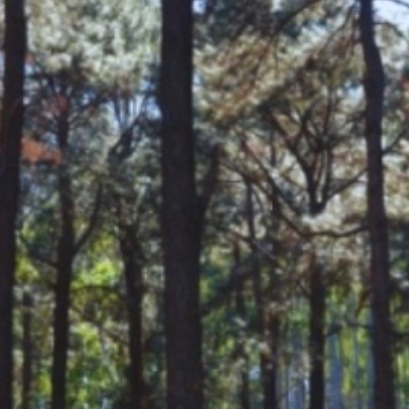 They promote research in pine resins from the NEA
They promote research in pine resins from the NEA
The forestry industry is one of the most important sectors in the economies of Misiones and Corrientes. Thousands of hectares of pine supply the paper, pulp, boards and sawmill industry. Pinus elliottii, one of the species established in the region, in addition to providing wood, is used to produce resin, a non-wood forest product with high demand in the chemical, pharmaceutical and cosmetic industries. In 2\024, resin extraction of approximately 52,6\0\0 tons was achieved from approximately 18,\0\0\0,\0\0\0 trees in production, generating income and jobs with high expansion potential.
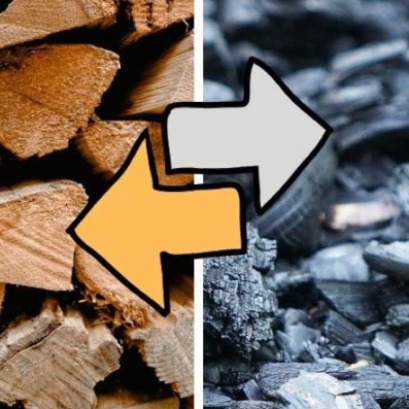 Canadian researchers make biochar from wood waste that rivals steel in strength
Canadian researchers make biochar from wood waste that rivals steel in strength
Researchers at the University of Toronto have developed monolithic biochar from wood that can reach an axial hardness of up to 2.25 GPa, similar to mild steel.
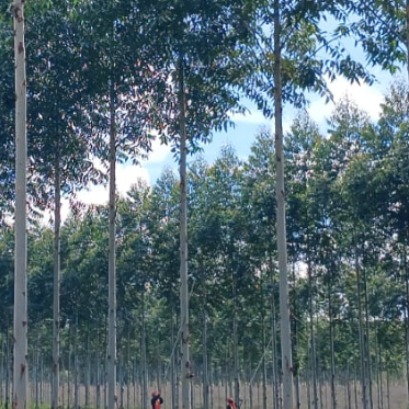 Paraguay | The plantations became instruments of territorial development and the generation of decent employment, INFONA highlights.
Paraguay | The plantations became instruments of territorial development and the generation of decent employment, INFONA highlights.
Plantings in different phases, control of ants and weeds, pruning and thinning, mechanized harvest, technology applied to the field and complete integration of the production cycle were part of the CREA Forestal proposal in its Technical Update Conference – JAT Forestal 2025. The event took place on Friday, November 14, at Estancia Ñemity, located in San Juan Nepomuceno, Caazapá, where agricultural producers, technicians, contractors, students and companies in the sector met to observe the forestry business of the future in action.





















